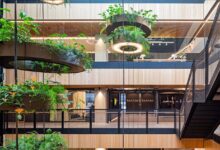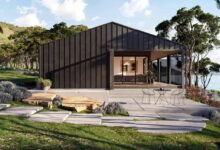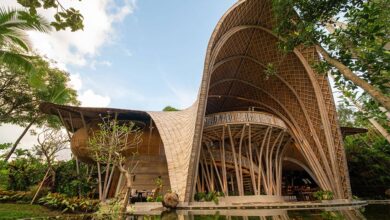Inclusive Design Puts Human Diversity in Creative Proccess
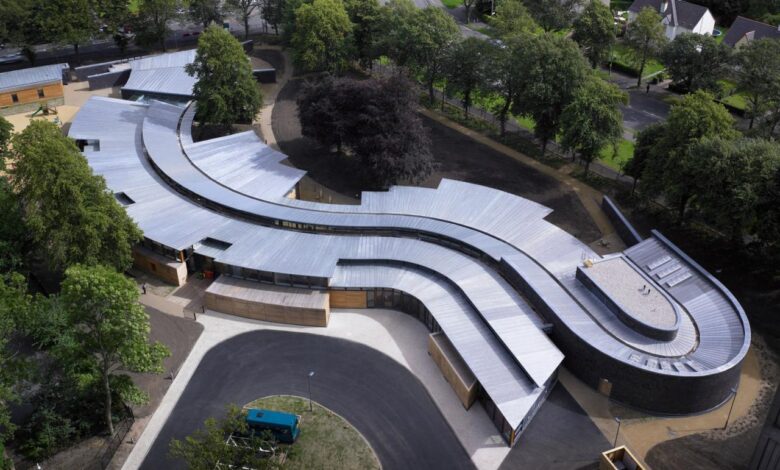
The world is undergoing a profound transformation, one driven by a new understanding that a great product, a great service, or a great building should be for everyone. The traditional model of design, often focused on a one-size-fits-all approach, is becoming obsolete. A new era of inclusive design is emerging, a powerful and transformative movement that puts human diversity at the heart of the creative process. This isn’t just about a niche trend for a few designers; it’s a fundamental shift in philosophy and practice, one that is reshaping how we build, how we create, and how we connect. This article will take a deep dive into the core concepts of inclusive design, exploring the pivotal principles defining this movement, the myriad of benefits for business and society, the challenges that still need to be addressed, and the immense opportunities that lie ahead for a more accessible, equitable, and human-centric future.
Why Inclusive Design Matters
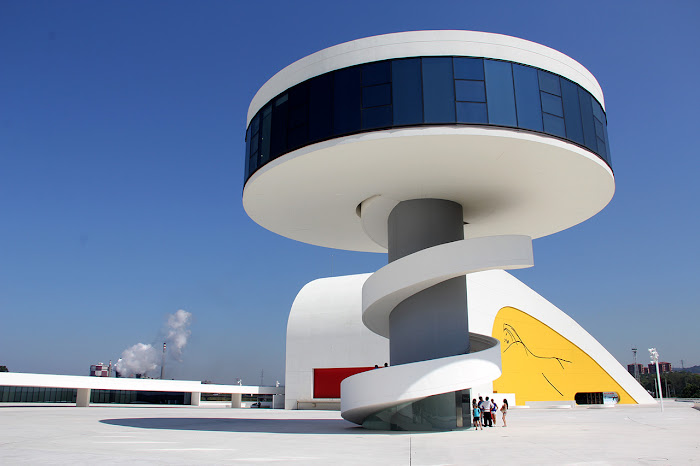
Inclusive design is a philosophy that sees a person not as a single, uniform entity but as a diverse and complex individual with a wide range of abilities, needs, and preferences. It’s a rejection of a design that excludes and an embrace of a design that includes.
A. The Seven Principles of Inclusive Design
Inclusive design is built on a set of core principles that guide the creative process. These principles are a blueprint for a design that is accessible, equitable, and useful for everyone.
- Be Inclusive: The most fundamental principle of inclusive design is to be inclusive. This means designing a product or a service that can be used by a wide range of people, from a person with a physical disability to a person with a cognitive impairment.
- Be Equitable: Inclusive design is equitable. This means designing a product or a service that can be used by a person from a wide range of backgrounds and with a wide range of cultural and social needs.
- Be Flexible: Inclusive design is flexible. This means designing a product or a service that can be used in a wide range of situations and a wide range of environments.
- Be Simple: Inclusive design is simple. This means designing a product or a service that is easy to understand, easy to use, and easy to navigate.
- Be Perceptible: Inclusive design is perceptible. This means designing a product or a service that can be easily perceived and understood by a person with a wide range of sensory abilities.
- Be Forgiving: Inclusive design is forgiving. This means designing a product or a service that is designed to prevent errors and to forgive a person who makes a mistake.
- Be Useful: Inclusive design is useful. This means designing a product or a service that can be used by a person to achieve a wide range of goals and to meet a wide range of needs.
By following these principles, a designer can create a product or a service that is not only accessible but also more useful, more equitable, and more innovative.
B. The Business and Social Benefits
Beyond the ethical, inclusive design has a profound business and social impact, providing a new way to innovate, to grow a business, and to foster a sense of community.
- A Larger Market: By designing a product or a service that can be used by a wider range of people, a business can access a larger market and a new stream of revenue.
- A More Innovative Design: Inclusive design is a catalyst for innovation. The process of designing for a person with a a specific need can lead to a new and creative solution that can be used by everyone. The “curb cut,” for example, was originally designed for a person in a wheelchair but is now used by a person pushing a stroller, a person with a shopping cart, and a person on a skateboard.
- A More Resilient Society: Inclusive design is a core component of a resilient society. A city that is designed for a person with a physical disability is also a city that is more resilient in the event of a natural disaster. A website that is designed for a person with a visual impairment is also a website that is more resilient in the event of a technical failure.
Trends in Inclusive Design
The new era of inclusive design is a masterclass in innovative architecture. It is a creative fusion of human-centric design, cutting-edge technology, and a deep understanding of human psychology.
A. Universal Design in Architecture
Universal design is a design philosophy that is a key component of inclusive architecture. It’s a design that is accessible to everyone, regardless of age, ability, or status.
- A New Approach to Public Spaces: Public spaces, such as a park or a public square, are being designed with a new focus on universal design. This includes a design with a flat, level surface, a wide, open path, and a variety of seating options that can be used by a person in a wheelchair, a person with a stroller, or a person who needs a place to rest.
- A More Accessible Home: The new era of inclusive design is a new era of a more accessible home. A home is being designed with a new focus on a wide, open entryway, a flat, level surface, and a variety of assistive features, such as a walk-in shower, a grab bar, and a new kind of kitchen that can be used by a person in a wheelchair.
- A More Inclusive Workplace: The new era of inclusive design is also a new era of a more inclusive workplace. An office is being designed with a new focus on a variety of workspaces that can be used by a person with a wide range of physical and cognitive needs, from a quiet, private booth for a focused task to a large, open table for a collaborative meeting.
B. The Power of Smart Technology
Smart technology is a key component of inclusive design. It can provide a person with a new level of autonomy, a new way to communicate, and a new way to interact with a building or a product.
- Voice and Gesture Control: The new smart home systems are designed for a new kind of human-computer interaction, with a focus on voice and gesture control. A person can simply tell a smart home assistant to turn on the lights or to adjust the temperature, or they can use a simple gesture to open a blind or to turn on a TV.
- Assistive Technology: The new era of inclusive design is also a new era of assistive technology. A smart home can be equipped with a variety of assistive features, such as a new kind of lighting system that can help a person with a visual impairment to see, or a new kind of a hearing system that can help a person with a hearing impairment to hear.
- Personalized and Adaptive Environments: An AI-powered smart building can learn a person’s habits and preferences and then adapt the building’s environment to them. The smart building can, for example, learn a person’s favorite temperature and automatically adjust the thermostat to that temperature when they are in the room.
Challenges and Opportunities
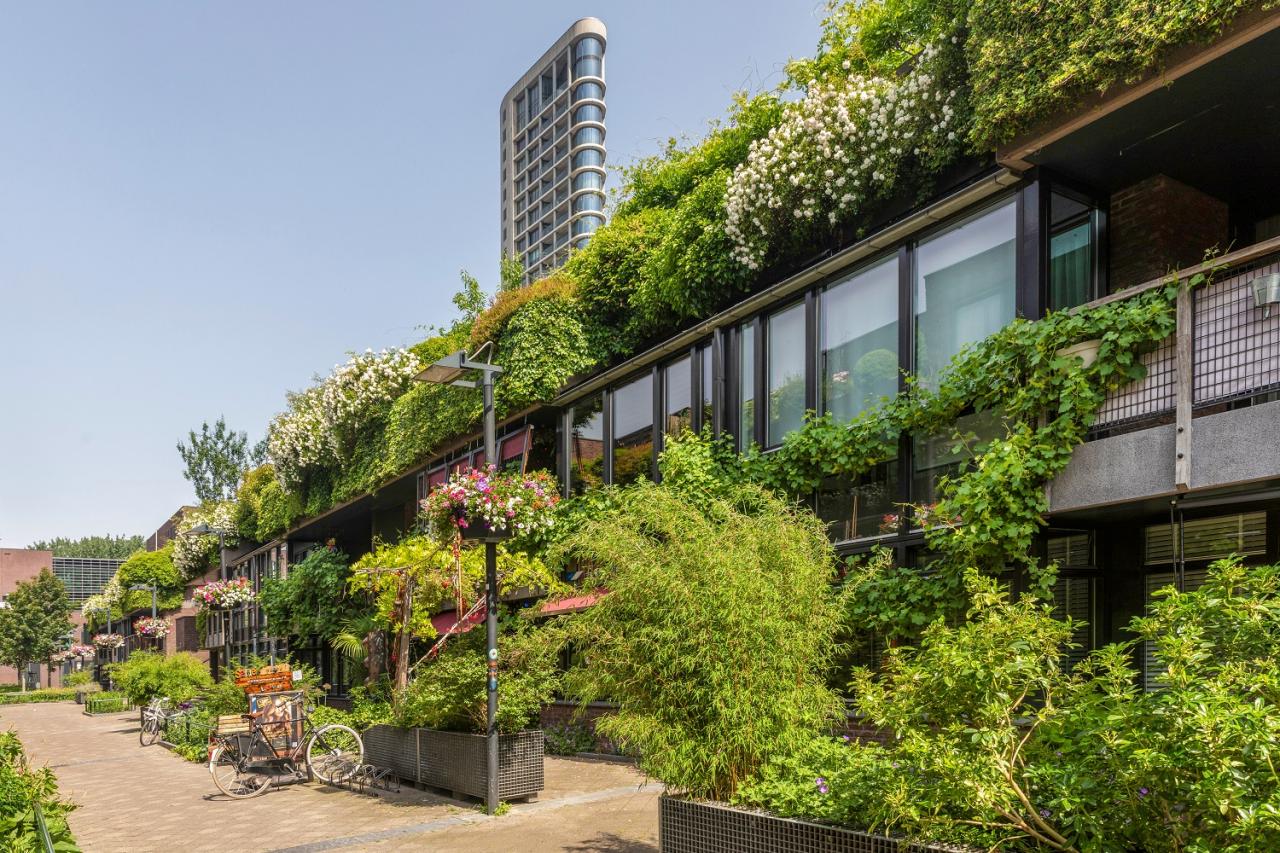
While the future of inclusive design is bright, there are significant challenges that must be addressed to ensure that this revolution is inclusive and sustainable.
A. The Cost of Implementation
The cost of a truly inclusive design, particularly a net-zero building with all the latest smart technology, can be prohibitive. The components that power these buildings are expensive, creating a new digital divide between those who can afford a high-end design and those who cannot. The use of modular and prefabricated components is a major step toward addressing this, but more work is needed to make an inclusive design accessible to everyone.
B. The Evolving Legal and Regulatory Framework
The new era of inclusive design is advancing faster than the laws that govern it. New regulations are urgently needed to address a wide range of issues, from the legal status of a smart building to the rights of a building’s occupants. The lack of a clear regulatory environment is a major barrier to adoption for many developers and cities.
C. The Human Element
A design is, at its core, a place for people. While technology can solve many problems, it cannot replace the human element of empathy, community, and social connection. The challenge is to use technology to enhance human interaction, not to replace it. Urban planning must be human-centric, creating spaces that foster community and belonging.
Conclusion
The rise of inclusive design is not a passing trend but a powerful and transformative movement that is fundamentally reshaping our relationship with our built environment and with each other. It is a testament to the growing awareness from designers, architects, and businesses that a more accessible future is not just an ethical imperative but a business necessity. The use of the seven principles of inclusive design, a new focus on universal design, and the integration of a new generation of smart technology are all a part of this new era. The new era of inclusive design is a clear signal that the future of design is a new kind of living, a living that is as adaptable and as resilient as it is intelligent and sustainable.
However, as we embrace this new era, we must also confront the significant challenges that lie ahead. The high cost of an inclusive design, the need for a new legal and regulatory framework, and the challenges of data privacy and security are all hurdles that must be addressed proactively. The future of design is a journey that will be defined not just by its technological prowess but by its ability to create a world that is more connected, more human-centric, and more conducive to a person’s overall well-being. The inclusive design revolution is here, and it promises to build a future where our buildings are as healthy and as happy as we are.






